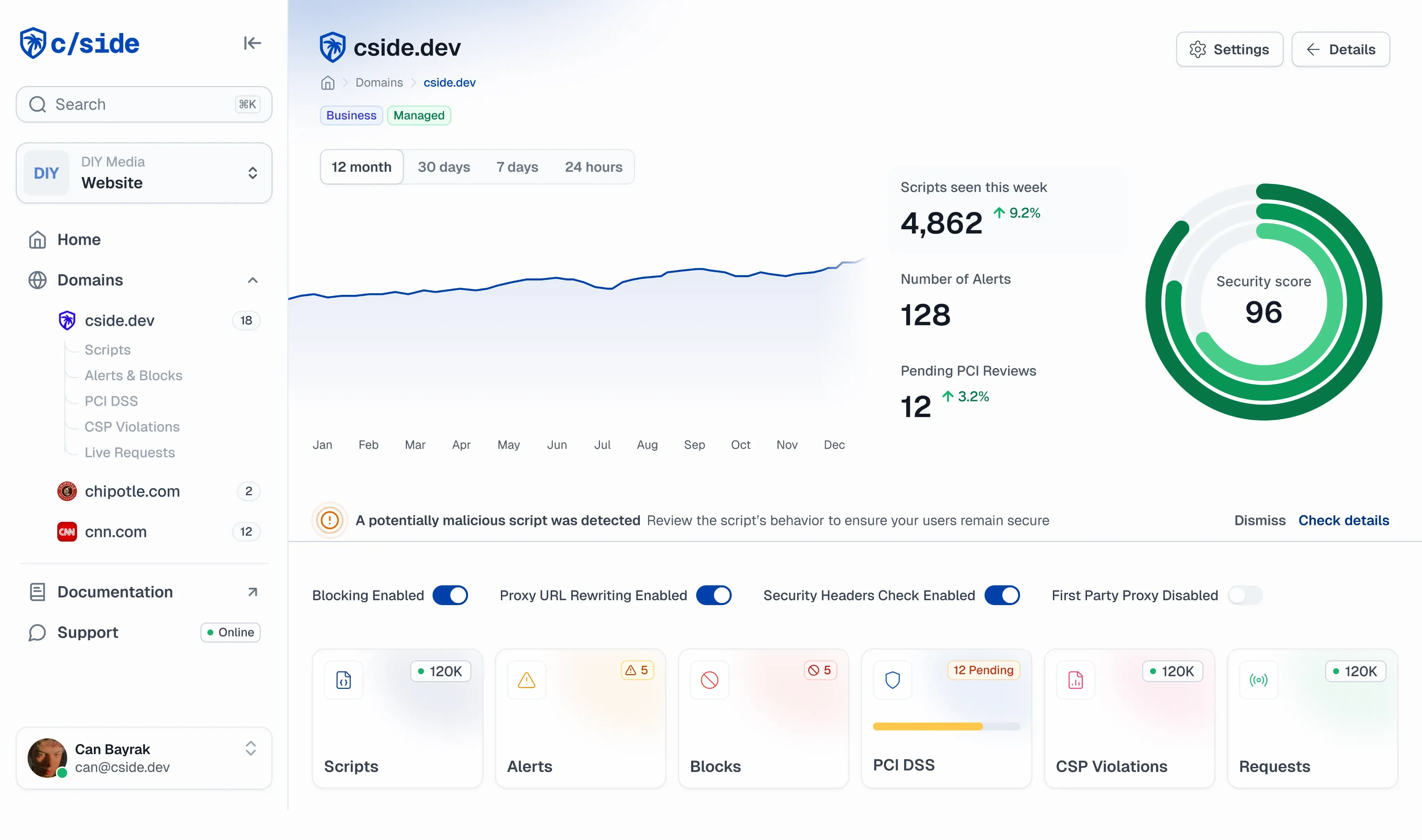Stop Chargeback Fraud with Device Evidence
First-party fraud is rising. Customers pay for goods and then claim 'this wasn't me' after receiving their purchase. Read about our partnership with Chargebacks911. For payment security, also see our PCI Shield solution.
